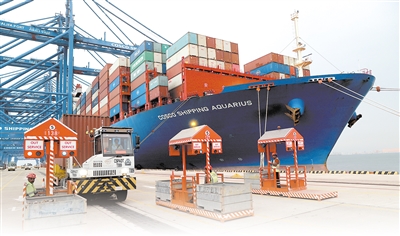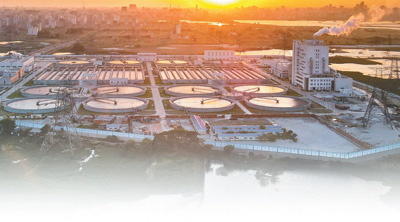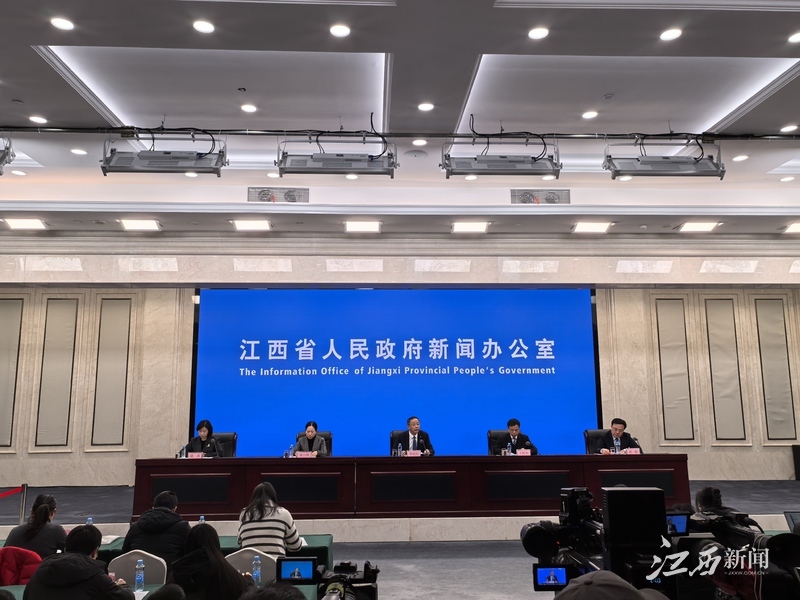The Overall Plan For The Belt And Road Initiative Has Reported An Economic Output Of Approximately US$21 Trillion
The Overall Plan For The Belt And Road Initiative Has Reported An Economic Output Of Approximately US$21 Trillion
In early October, the overall plans of the
In early October, the overall plans of the "Silk Road Economic Belt" and the "21st Century Maritime Silk Road" compiled by the National Development and Reform Commission, the Ministry of Foreign Affairs and the Ministry of Commerce were submitted to the State Council. Previously, more than one-third of the provinces in the country have taken action, hoping to connect local development with the strategic planning of the "Belt and Road". Foreigners are paying more and more attention to the "Belt and Road" initiative. From Central Asia to the Indian Peninsula, from Arab countries to the hinterland of Europe, the radiation effect of the "Belt and Road" has been first revealed in the public opinion field.
Since the emergence of the "Belt and Road" in September 2013, it has only been a year since it has been completed, but it has completed the three major steps of initiative, setting up priority and early harvest projects, and completing the overall plan. The roadmap has also become clear. Why has the "Belt and Road" become a high-frequency word for domestic and local development rules and international diplomatic occasions? What real bottlenecks may be encountered in the advancement process? What potential prospects do they have?
Xu Lifan wrote in this edition
How big is the radiation surface
The strategic concept of the "Belt and Road" was first advocated by President Xi Jinping in his speeches at Nazarbayev University in Kazakhstan on September 7, 2013 and in the Indonesian Parliament on October 3. Its core connotation is to strengthen the "connection" of policy communication, road connectivity, smooth trade, currency circulation, and people-to-people connections. These "five connections" have given the "Belt and Road" strategy huge inclusive space and flexibility.
Today, the routes and radiation maps of the "Belt and Road" can be more clearly divided. The Belt and Road Initiative can draw at least four routes: the transportation line and pipeline connection to Russia to the north, the other two major economies of East Asia, Japan and South Korea, to the east, to the west, to the Central Asia to the west, and to the south, to the Indian Ocean to the south North Africa, its radiation range covers ASEAN, South Asia, West Asia, Central Asia, North Africa and Europe. Preliminary estimates are that the total population along the "Belt and Road" is about 4.4 billion, and the total economic output is about 21 trillion US dollars, accounting for about 63% and 29% of the world respectively. Because the Belt and Road Initiative is open, once a siphon effect is formed in the future, it may attract more countries and economies to participate and further release its radiation. Among them, the Western and Southern Lines are particularly critical.
Focusing on infrastructure construction and broader regional linkage determines that once the Belt and Road Initiative generates benefits, it will produce three overall effects: economic exchanges expand from trade-oriented to service trade, technology exchange, cultural exchanges, etc. At the level; expand security benefits through more compact security cooperation; highlight similar humanistic traditions and historical views, and elevate them to shared political benefits.
How is the progress
Since China's initiative on the "Belt and Road", it has received enthusiastic responses from relevant countries at home and abroad. Many relevant provinces in China regard the "Belt and Road" as another major development opportunity since the free trade zone. Earlier, the central government presided over a symposium on promoting the construction of the "Belt and Road" in Xi'an, revealing the pace of the "Belt and Road" in China from one aspect, and also heralding the important value of the "Belt and Road" to the development of the western and southwest areas.
In today's industrial transformation and upgrading, the western and southwest, which have relatively lagging development, should become the destinations for industrial geese transfer in developed coastal areas in the eastern coastal areas, but backward infrastructure hinders the reasonable transfer of industries. Through the "Belt and Road" to leverage infrastructure construction in the western and southwest, expand opening up to the west and south, we can exert a compound effect.
The relatively developed regions in the west and southwest also have the favorable conditions to take advantage of the "Belt and Road" strategy. First, the existing China-Singapore Economic Corridor, the New Eurasian Continental Bridge Economic Corridor, the China-Iran-Turkey Economic Corridor, and the China-India-Myanmar-Bangladesh Economic Corridor provide strategic plans. Second, the connection between the New Eurasian Continental Bridge and other transportation trunk lines provides Necessary material conditions. Taking the New Eurasian Continental Bridge as an example, in the past, the products exported to Europe had to be transported from Chongqing to Shanghai, loaded south to Malacca Strait and then north to Europe. Now, they enter Kazakhstan through Xinjiang, and then transfer to Russia, Belarus, Poland to Western Europe, which can save two Ten thousand kilometers of winding distance. This route is along the Silk Road.
When relevant domestic provinces take the "Belt and Road", there are also issues worth noting: infrastructure is still not enough to support the "Belt and Road" extension; ongoing infrastructure projects are wasted and environmentally damaged; compared with the eastern region, open awareness The awareness of the rule of law needs to be improved; it is not advisable to take the "Belt and Road" strategy as a basket and re-taking the path of extensive development and repeated construction.
Relatively speaking, the promotion of the "Belt and Road" overseas is clearer. On the 13th, under the witness of Premier Li Keqiang and Russian Prime Minister Medvedev, China and Russia signed a memorandum of cooperation on high-speed rail to promote the construction of the Eurasian high-speed transportation corridor from Beijing to Moscow. Behind China's high-speed rail products are the progress in the "Belt and Road" priority project field. As early as four years ago, China had the idea of building the Central Asia High-speed Railway, the China-EU High-speed Railway and the Pan-Asian High-speed Railway. The "Belt and Road" strategy and the promotion of high-level leadership have turned high-speed railway exports into a strategic move.
However, the development of the "Belt and Road" overseas is not without obstacles: the recent challenges of terrorist forces to the "Belt and Road" have become increasingly severe, and construction costs have surged; the "Belt and Road" involves a vast area, and is hidden in cultural, religious and political differences. With many unstable factors, the China-Myanmar high-speed railway has fallen into stagnation. The relevant unified standard system has not yet been established, which restricts the promotion of interconnection in the hardware field.
Having difficulties and opportunities is the current situation faced by the "Belt and Road" at home and abroad. How to weaken resistance and seize opportunities determines the speed and effectiveness of the "Belt and Road".
What is the essence
As a national strategy first advocated and promoted by China and promoted by high-level leaders, the "Belt and Road" has far-reaching strategic significance.
First, it has made a clearer mark on China's foreign policy for peaceful development, indicating that China's rise will not be based on the prerequisite of harming the interests of other countries, but will achieve common development through peaceful, inclusive and win-win methods, and is willing to put forward specific plans. .
Second, open regionalism was proposed for the first time. Previously, the principles of "Five Principles of Peaceful Coexistence" and "New Type of Major Power Relations" proposed by China have laid the bottom line for China's diplomacy. The "Belt and Road" is not only a reaffirmation of these principles, but also a dig in the operational path.
Third, the "Belt and Road" is also a rebuilding of the international economic order. Regional cooperation based on free trade agreements is facing unprecedented challenges. If the "Belt and Road" strategy is implemented smoothly, it will provide strong support for strengthening the regional cooperation model and consolidating the principles of free trade.
Fourth, the "Belt and Road" is a re-statement of China's opening up to the outside world. The "Belt and Road" will help strengthen the "Western Wing" of opening up to the outside world and build a balanced momentum for overall development.
Fifth, the "Belt and Road" will help expand the areas of foreign exchanges. Because of its openness and inclusiveness, the "Belt and Road" strategy can not only drive economic benefits of foreign exchanges, but also generate cooperation benefits in security, politics and other fields. Only by generating compound benefits can we help establish a stronger and stable external environment and safeguard China's interests.
The important strategic value of the "Belt and Road" in coordinating the domestic and international situations determines the importance of top-level design. The overall plan submitted to the State Council and the special plan to be issued in the future will become another beginning to realize its strategic value.





